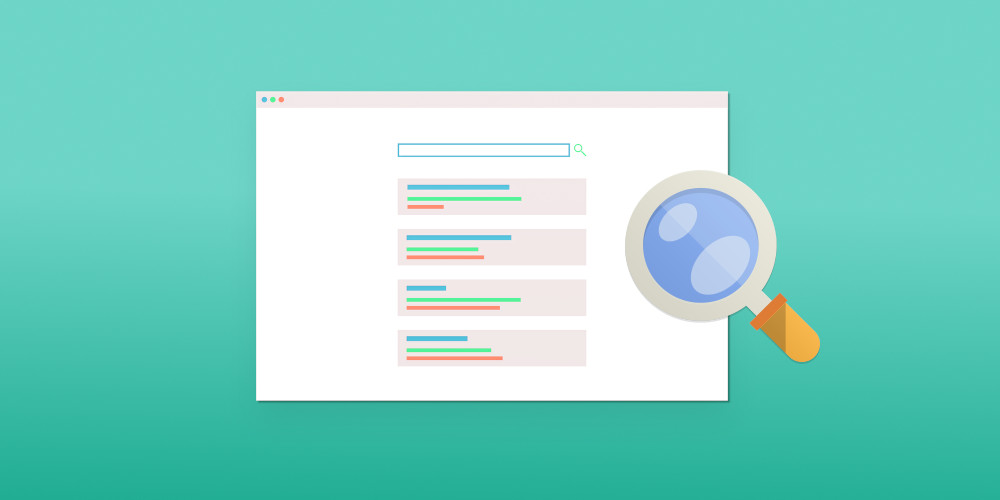You might have spent a lot of time and energy setting up your website, making sure it reflects your brand, yet when it goes live, you get nothing.
It may be already ranking in the search engine results page (SERP). But if it doesn’t drive traffic and conversions, there could be something wrong on how your pages look like on the web.
Two of the many aspects that website owners often overlook are the title tag and meta description. These are the first things that users see when they skim through the search results. If they are not interested to click through your site, it’s pointless to be on the top spot.
Here’s what you need to know about title tags and meta descriptions:
What are title tags and meta descriptions?
Title tags, as the name suggests, define the title of your web page. Meta descriptions, on the other hand, are snippets that summarise your page’s content. Both of them show up in the SERPs, web browsers, and social platforms, making them essential for SEO and user experience.

These HTML tags look like this in the HTML code for the page:
Title tag
<head> <title>DigitalMaas: Digital Marketing Platform</title> </head>
Meta description
<meta name="description" content="The DigitalMaas Platform is an end-to-end digital marketing solution that allows business owners to market themselves online. Enquire now for more!."/>
The purpose of meta title and description is to get people to click your link. They make the first impression for your pages, after all. They give a clear idea of what your page will offer. Even though they are not critical ranking factors, search engines assess your click-through rate to see whether your page is relevant or not.
What makes a good title tag and meta description?
Creating search engine friendly title tags and meta descriptions can be confusing at first. But once you understand the basics, you’ll see how simple it is. Take note of the following:
Proper character count
Since title tags and meta descriptions describe what your page is all about, it can be tempting to write long phrases and sentences. Don’t fall into this trap. No one wants to click and read fluffy and complicated content. It can also lose value on your call-to-action.
There is an ideal SEO title tag length you should follow. We recommend keeping your title tag characters between 50-60 and your meta descriptions between 155-160 characters, with spaces included. This remains the best practice throughout the years. While search engines change the character limit from time to time, it truncates title tags and meta descriptions that are too long.
In the example below, you can see how Google cuts the long content short.

Using focus keywords
It’s always best to incorporate the keywords you’re trying to rank for into your meta title and description. It helps people perceive your site as relevant to what they’re looking for. Be sure to avoid keyword stuffing and keep your content sound as natural as possible.
Uniqueness
Having duplicate title tags and meta descriptions will impair the user experience in Google. Even if you have an e-commerce website that contains similar products, it’s important to differentiate your pages from one another to avoid confusing your audience. Don’t use a snippet of your page’s content for your descriptions; keep them as unique as possible.
Customer-centric
This applies to your website meta description. They should be crafted with your customers in mind by answering the questions “What is this page offering?” and “Why should I check out this page?”. Create descriptions that appeal to your target audience and how your page can address their needs. To make them sound inviting, always write in active voice and include a call-to-action.
In some cases, Google will show the first few sentences in your page as your meta description. This happens when it sensed that your original description doesn’t reflect the content of your page or is a duplicate.
Takeaway
Although website title tag and meta description don’t directly affect your organic search rankings, they are still vital as they help your business shine in the SERPs. They play a significant role in getting users interested in clicking your pages, and it only takes a few minutes to tweak them. If done right, you’ll see an increase in click-through rate, organic traffic, and conversions.
Unsure where to start? DigitalMaas can help. We only use title tags and SEO meta descriptions best practices to make your page snippets enticing and click-worthy. We concoct the right mix of keywords, taglines, and marketing objectives.
Sign up to our platform today to get started and take advantage of our free site audit. Apart from these essential HTML tags, you’ll learn where else you need to optimise your site.



